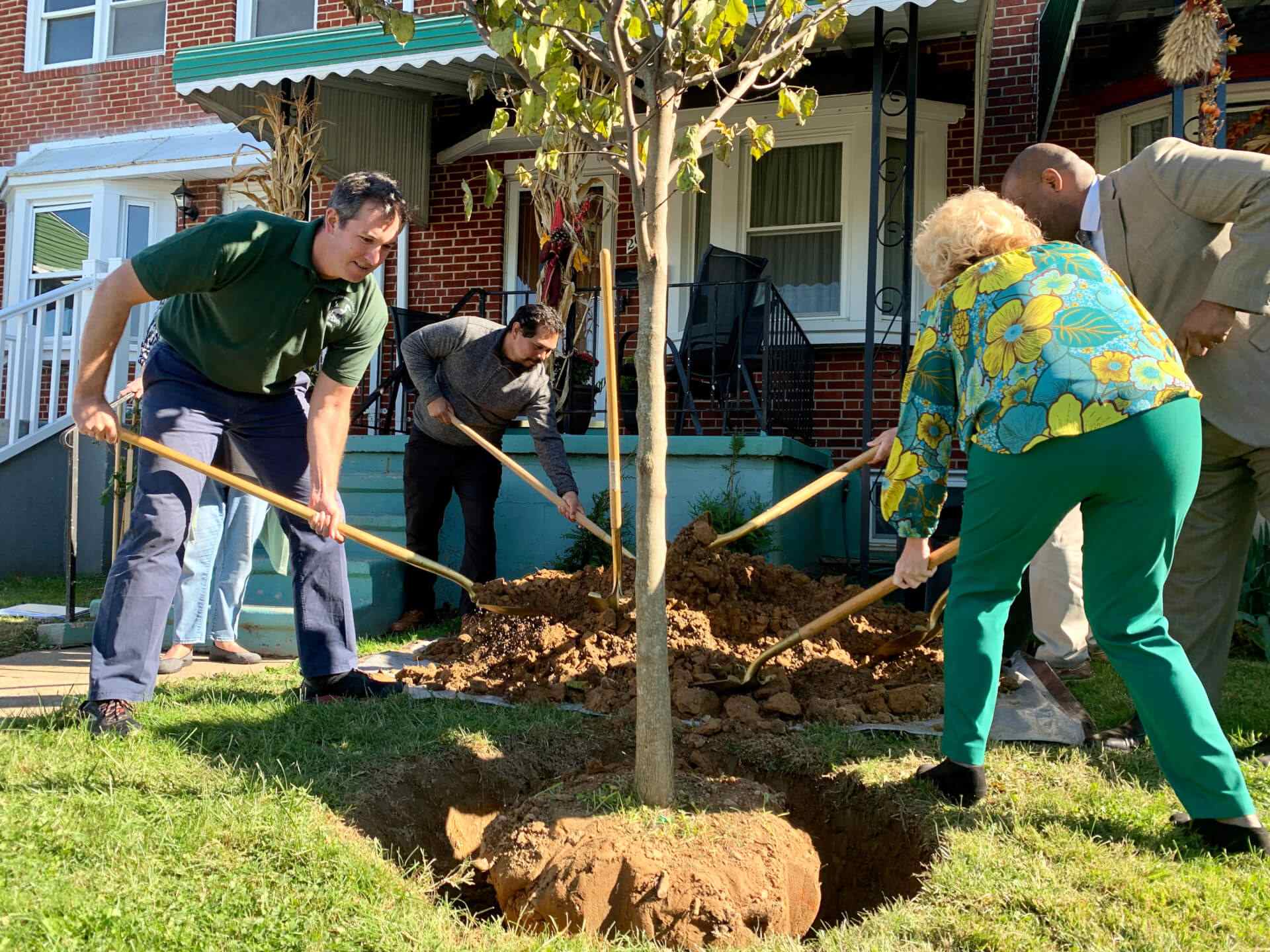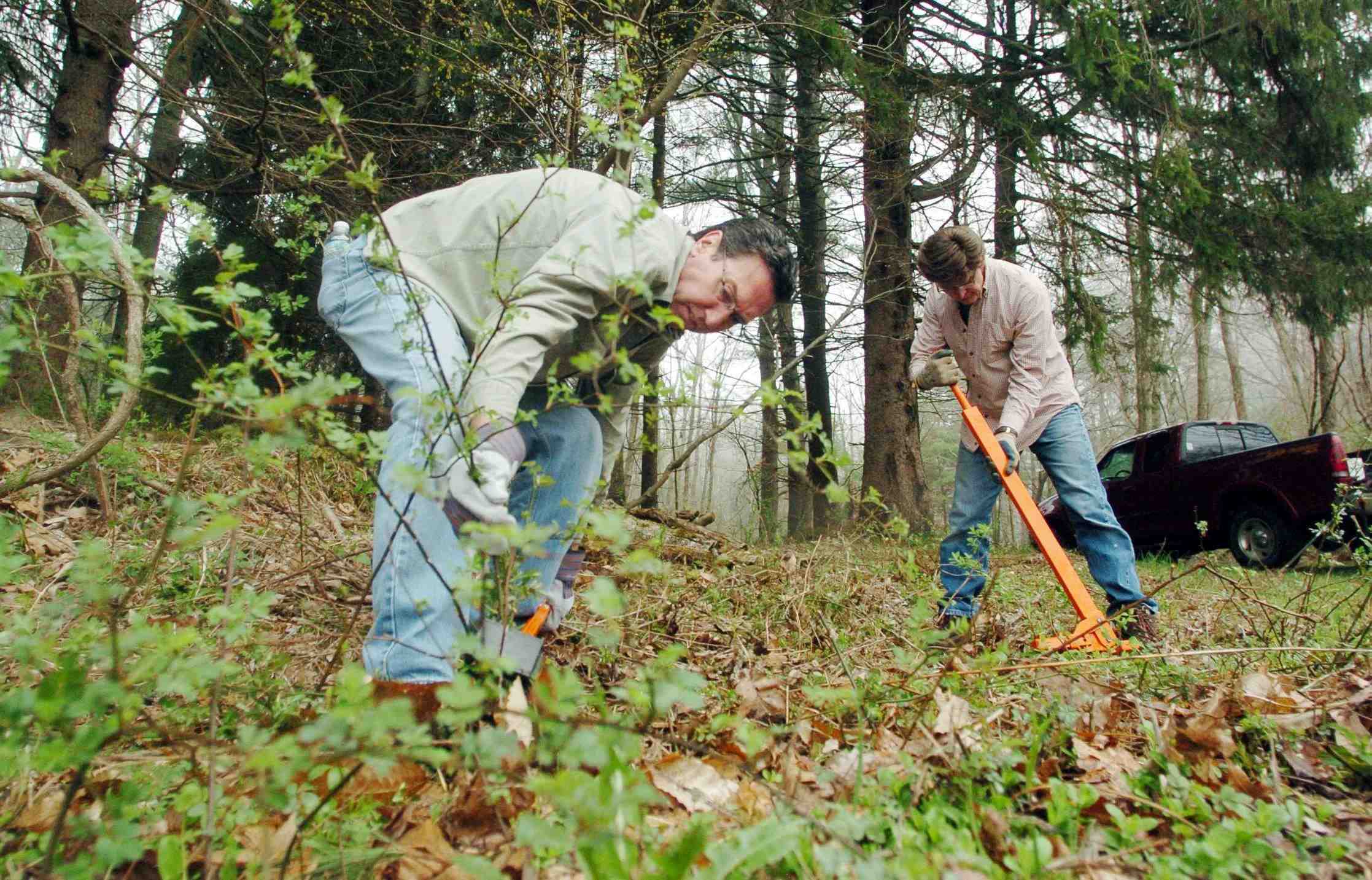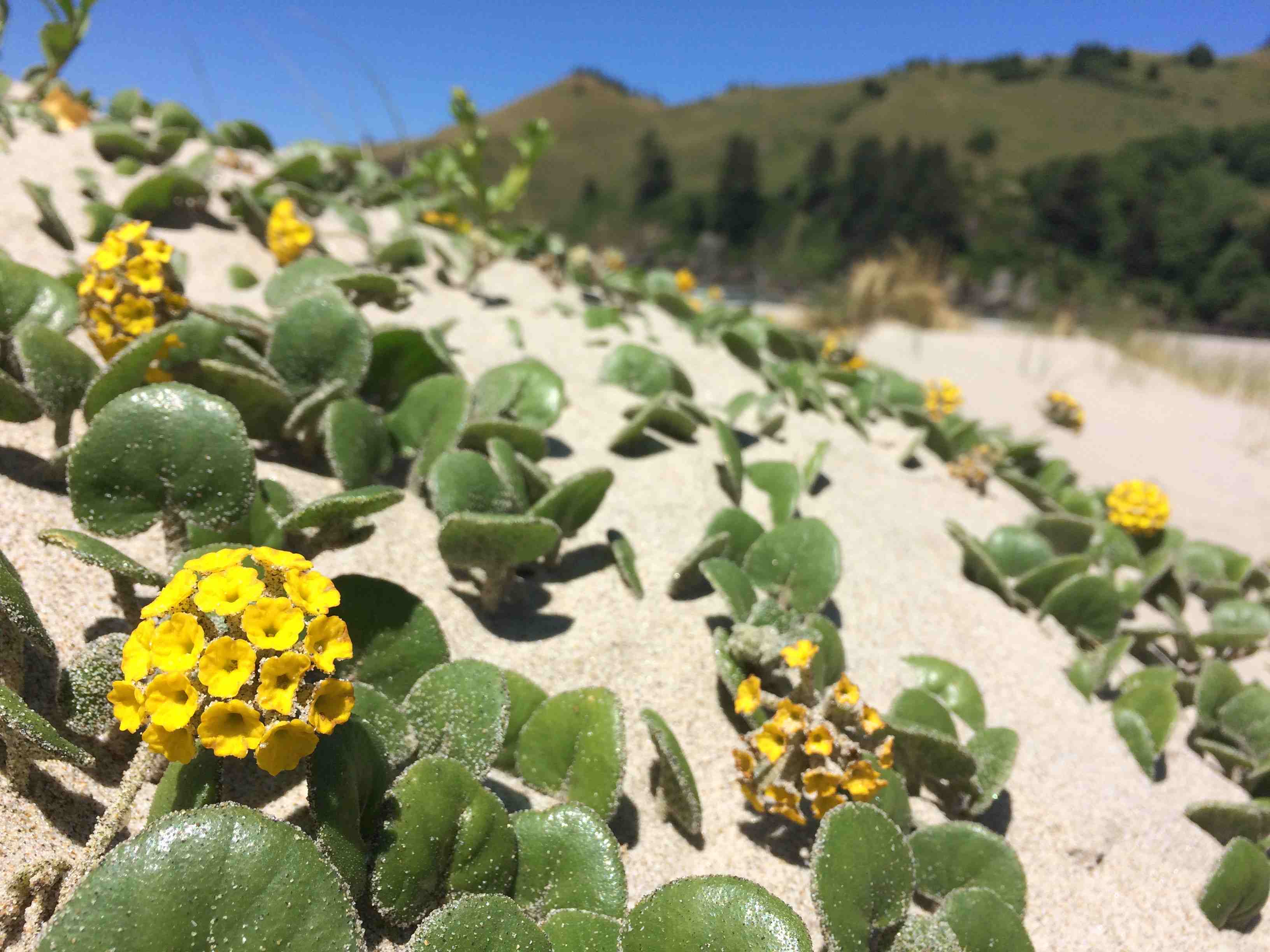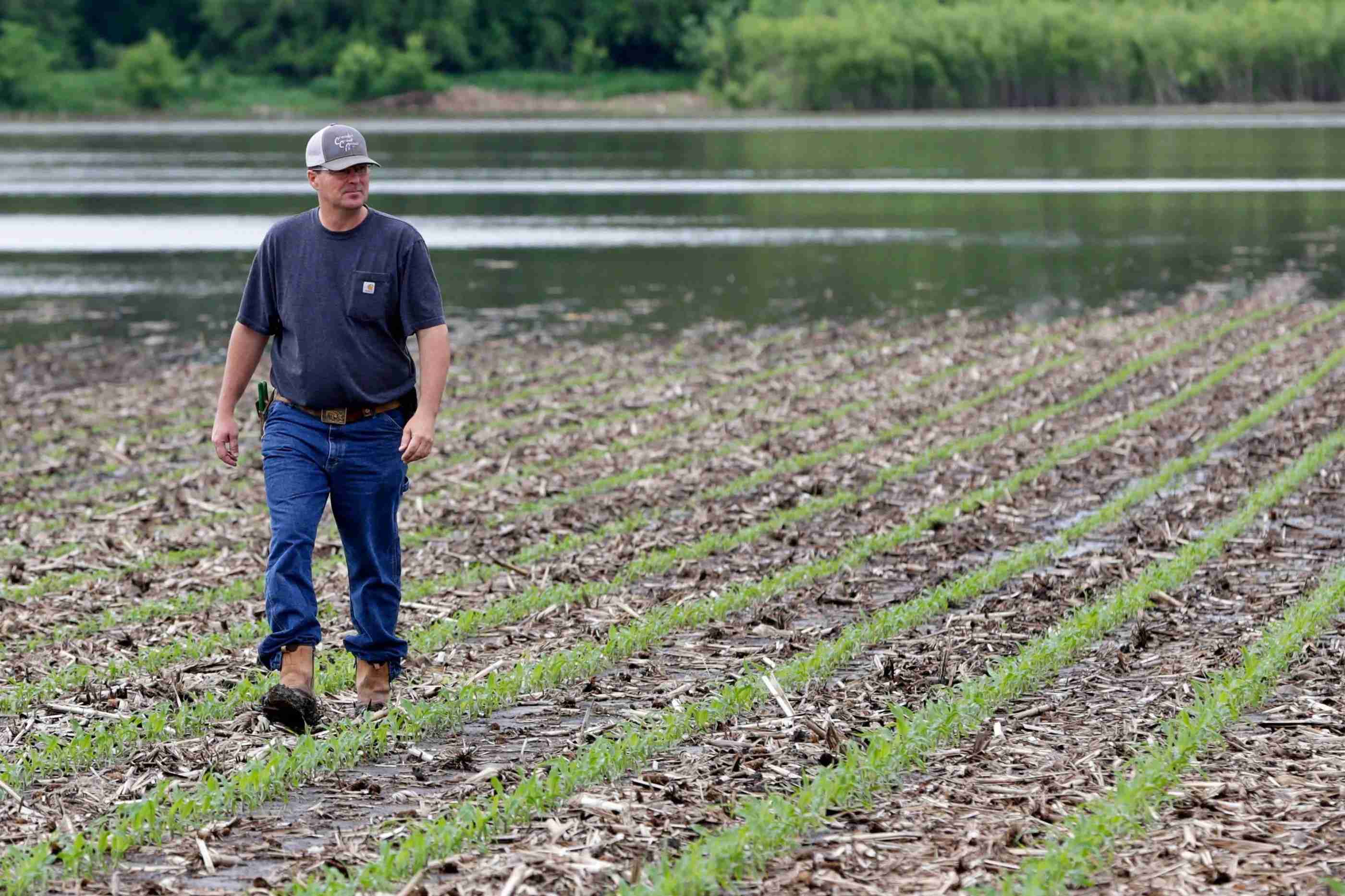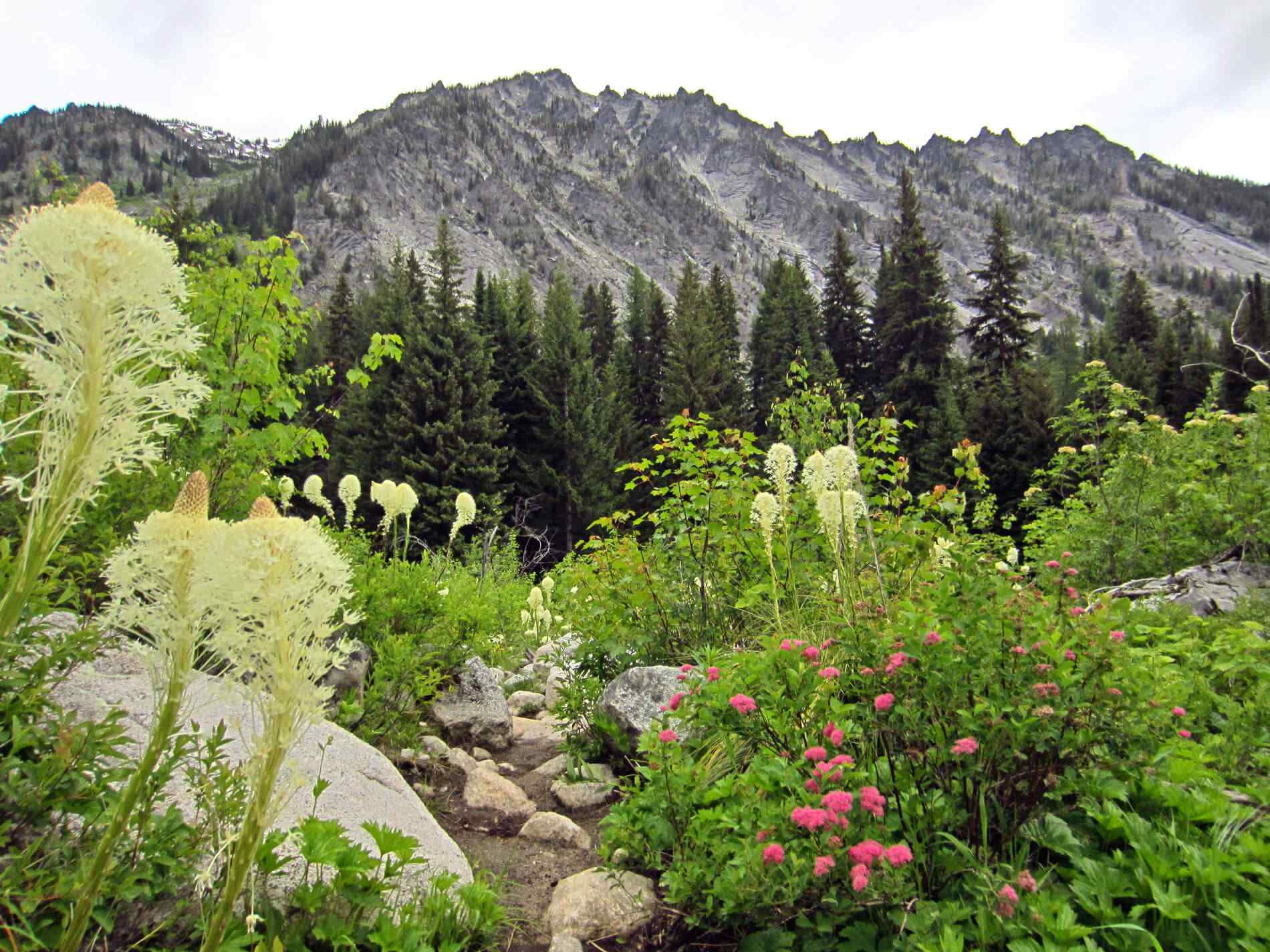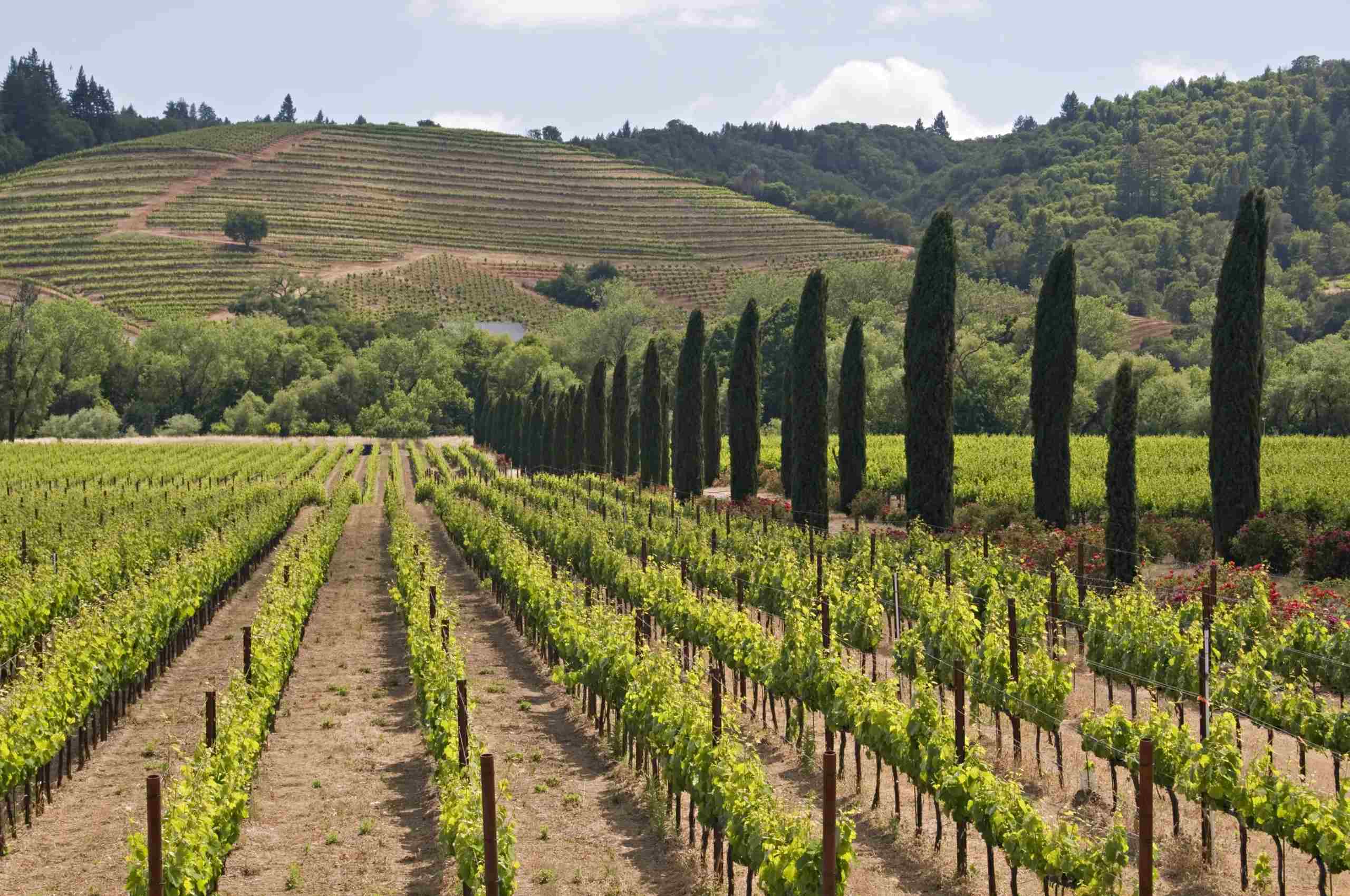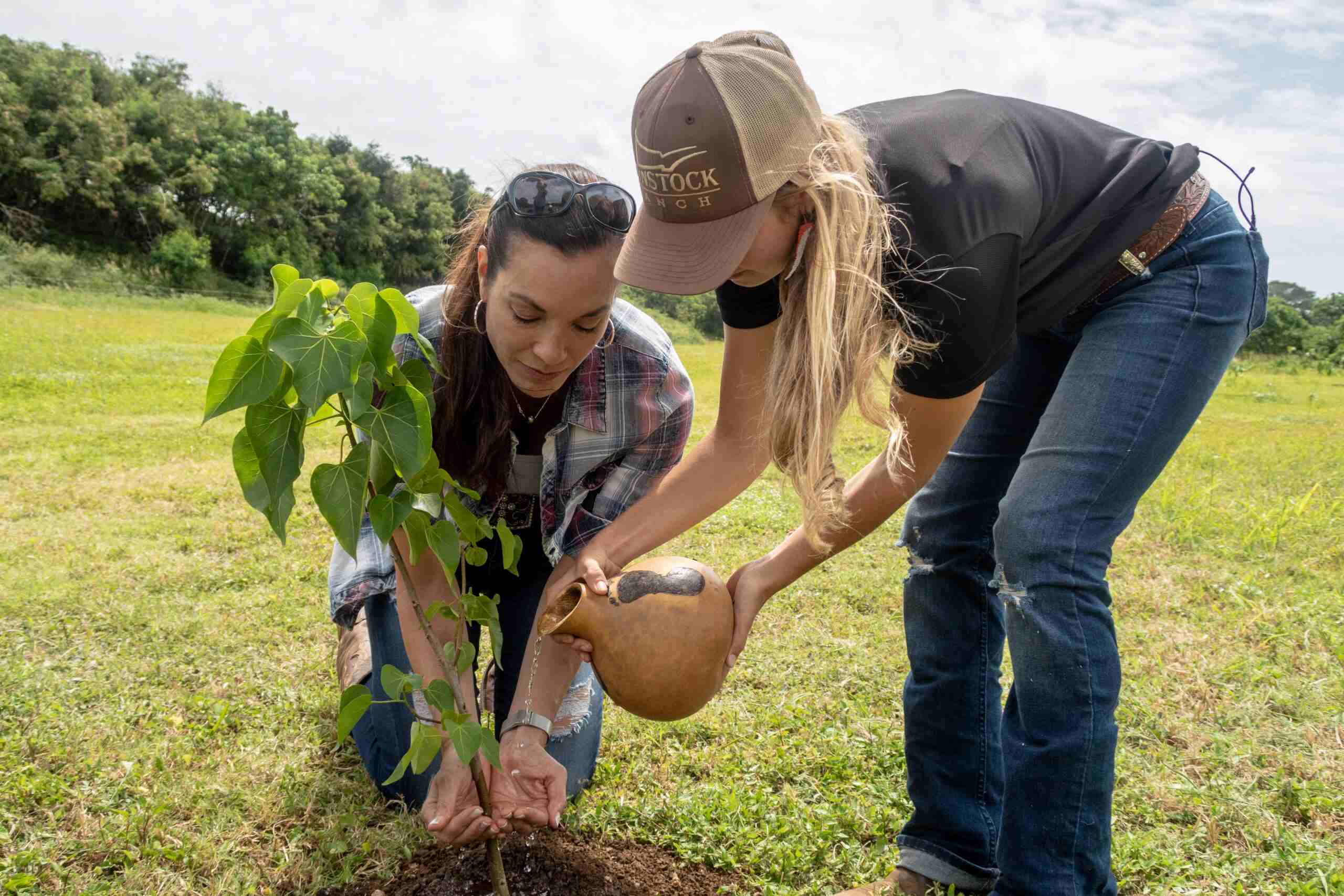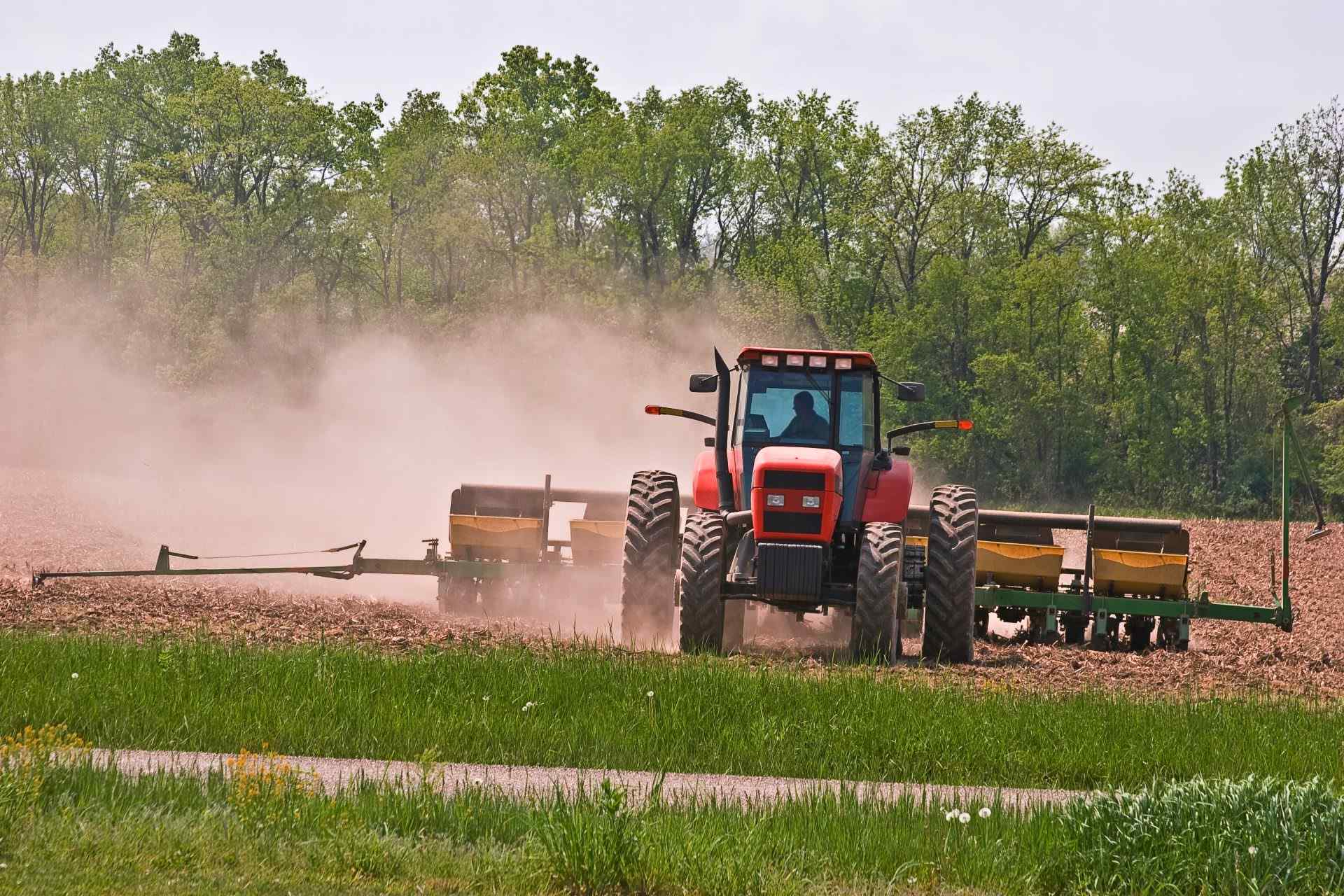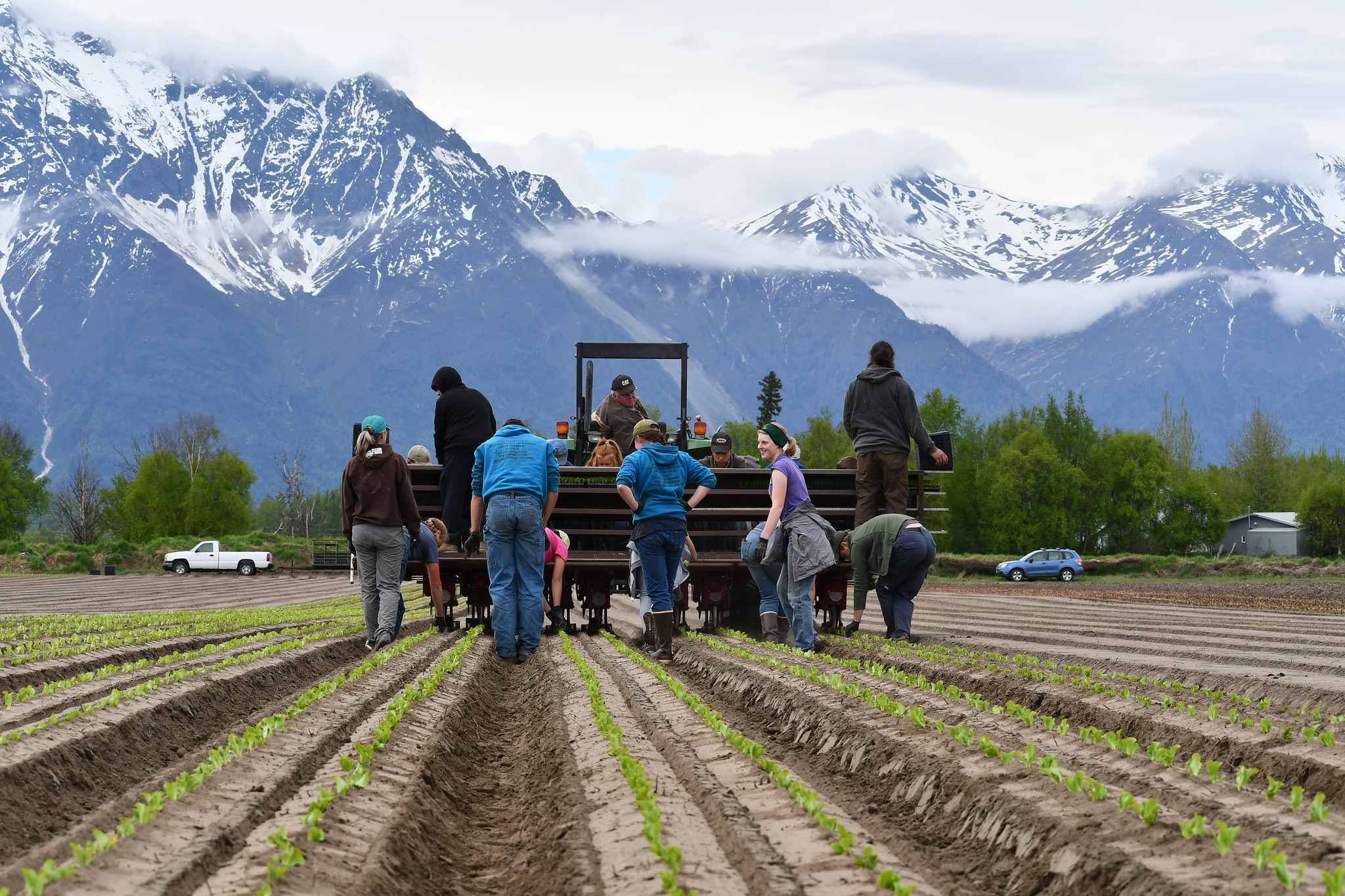Home>Gardening Basics>Understanding Soil>What Zone Is New Mexico For Planting


Understanding Soil
What Zone Is New Mexico For Planting
Modified: January 22, 2024
Understand the ideal soil for planting in New Mexico and determine the best zone for your garden. Enhance your gardening success with insights on soil composition, pH levels, and nutrient requirements.
(Many of the links in this article redirect to a specific reviewed product. Your purchase of these products through affiliate links helps to generate commission for Chicagolandgardening.com, at no extra cost. Learn more)
Table of Contents
Introduction
Welcome to the fascinating world of soil! As an SEO expert with deep knowledge of soil, I am excited to share with you the wonders that lie beneath our feet. Soil is not just the dirt we walk on; it is a complex ecosystem that supports life and plays a crucial role in plant growth. Understanding soil is essential for anyone interested in gardening, farming, or landscaping.
In this comprehensive article, we will explore the different aspects of soil and how it relates to plant growth. From the composition and structure of soil to its nutrients and pH levels, we will dive deep into the world of soil science. By the end of this article, you will have a solid foundation of knowledge to guide you in your gardening endeavors.
But first, let’s talk about the importance of soil. Soil is the medium in which plants grow, providing them with essential nutrients, water, and support. A healthy soil environment is crucial for plants to thrive and reach their full potential. By understanding the properties of soil and how they affect plant growth, you can make informed decisions about soil management, fertilization, and plant selection.
Not all soils are created equal, though. Different regions have different soil types and characteristics. That’s where soil classification comes into play. Soil classification systems, such as the USDA Soil Taxonomy, categorize soils based on their properties and composition. This allows us to identify the specific needs of different plants and tailor our gardening practices accordingly.
So, whether you are a seasoned gardener looking to expand your knowledge or a beginner ready to embark on your soil adventure, this article will provide you with valuable insights into understanding soil and its significance in plant growth. Grab your gardening gloves and let’s dig in!
Understanding Plant Hardiness Zones
Plant hardiness zones are a geographical classification system used to determine which plants are most likely to thrive in a specific region. These zones are based on the average annual minimum temperature of an area, helping gardeners and landscapers select plants that can survive and flourish in their particular climate.
The United States Department of Agriculture (USDA) developed the most commonly used plant hardiness zone map. This map divides the United States into various zones, ranging from zone 1 (coldest) to zone 13 (hottest). Each zone is further divided into subzones, providing more specific temperature information.
Understanding your plant hardiness zone is crucial because it helps you choose plants that are well-suited to your local climate. Plants that are not adapted to your zone’s temperature range may struggle to survive or fail to reach their full potential.
Plant hardiness zones are determined based on data such as average minimum winter temperatures, extreme weather conditions, and the length of the growing season. These factors provide a general guideline for gardeners to select plants that are likely to thrive in their specific zone.
It is important to note that plant hardiness zones are just one piece of the puzzle when it comes to successful gardening. Other factors, such as soil type, sunlight exposure, and moisture levels, also play a significant role in determining plant suitability.
To find out which plant hardiness zone you’re in, you can refer to the USDA’s Plant Hardiness Zone Map or consult with local gardening experts. By knowing your zone, you can make informed choices about the types of plants that are most likely to thrive in your area.
As climate patterns shift and change, it is essential to stay updated on any revisions to the plant hardiness zone map. These updates may occur periodically, taking into account new data and climate trends. By staying informed, you can adapt your gardening practices to the evolving conditions and make the best decisions for your plants.
New Mexico’s Climate
New Mexico, located in the southwestern region of the United States, experiences a diverse climate due to its varying elevations and geographical features. The state is known for its arid and semi-arid conditions, characterized by low humidity, limited rainfall, and plenty of sunshine.
While New Mexico as a whole is generally dry, there are notable climatic differences across the state. In the northern part of the state, the climate is influenced by the Rocky Mountains, resulting in cooler temperatures and higher levels of precipitation. The southern part of the state, on the other hand, has a more desert-like climate, with hotter temperatures and less rainfall.
Summers in New Mexico can be scorching, with temperatures often exceeding 90°F (32°C) and occasionally reaching over 100°F (38°C). However, the low humidity helps to offset the heat, making it more bearable compared to regions with higher humidity levels.
Winters in New Mexico are generally mild, although higher elevations and mountainous areas experience colder temperatures and occasional snowfall. Frost can occur during the winter months, particularly in the northern regions of the state.
Precipitation in New Mexico varies greatly depending on the location. The northern and central parts of the state receive more rainfall, particularly during the summer months when scattered thunderstorms are common. The southern regions, however, experience drier conditions and rely heavily on irrigation for agriculture and landscaping.
As with any state, there can be variations in climate within New Mexico’s different regions and microclimates influenced by factors such as nearby bodies of water, elevation changes, and geographical features. It is important to consider these variations when selecting plants and planning your gardening activities.
Now that we have a better understanding of New Mexico’s climate, we can move on to exploring how it affects plant hardiness zones and planting recommendations in the state.
Determining Planting Zones in New Mexico
Determining the appropriate planting zones in New Mexico is crucial for successful gardening and landscaping. Different regions within the state have varied climates and growing conditions, making it important to identify the specific zone you are in.
New Mexico is divided into four main planting zones: Zone 4, Zone 5, Zone 6, and Zone 7. These zones are based on the USDA Plant Hardiness Zone Map and provide valuable information about the average minimum temperatures in each area.
Zone 4 covers the higher elevations of the state, including areas in the northern and central regions such as Angel Fire, Santa Fe, and Taos. This zone experiences colder temperatures, with the average winter lows ranging from -20°F to -30°F (-28°C to -34°C).
Zone 5 includes lower elevations in the northern part of the state, such as Albuquerque and Los Alamos. The average winter lows in this zone range from -10°F to -20°F (-23°C to -28°C).
Zone 6 covers a larger area, including parts of northern, central, and southern New Mexico. Cities such as Las Cruces, Ruidoso, and Roswell fall into this zone. The average winter lows range from 0°F to -10°F (-18°C to -23°C).
Zone 7 is found in the southernmost parts of New Mexico, including cities like Deming and Las Cruces. This zone experiences relatively mild winter temperatures, with average lows ranging from 0°F to 10°F (-18°C to -12°C).
Keep in mind that these zones provide a general guideline, and there can be microclimates within each zone influenced by factors like elevation, local topography, and proximity to bodies of water. It’s always a good idea to consult with local agricultural extension offices or experienced gardeners in your area for more specific information about your particular zone.
Understanding your planting zone is critical for determining what plants are suitable for your area and ensuring their successful growth and development. By selecting plants that are adapted to your zone’s temperature range, you can increase the chances of a thriving garden and landscape.
Now that we know how to determine planting zones in New Mexico, let’s explore some recommendations for different zones in the next section.
Planting Recommendations for Different Zones in New Mexico
When it comes to gardening and landscaping in New Mexico, selecting the right plants for your specific planting zone is essential. Different zones have different climate conditions, and choosing plants that are well-adapted to your zone can greatly increase your gardening success. Here are some planting recommendations for the different zones in New Mexico:
Zone 4: In this higher elevation zone, it’s important to choose plants that can tolerate cold temperatures and shorter growing seasons. Some recommended plants include native grasses like blue grama (Bouteloua gracilis) and cool-season vegetables like spinach and lettuce. Flowering plants like columbines (Aquilegia sp.) and penstemons (Penstemon sp.) can also thrive in this zone.
Zone 5: This zone has relatively mild winters compared to Zone 4. Some recommended plants for Zone 5 include fruit trees like apple and cherry, as well as perennial flowers like lavender (Lavandula spp.) and black-eyed Susans (Rudbeckia spp.). Cool-season vegetables like carrots and radishes can also be successfully grown.
Zone 6: This zone is suitable for a wide range of plants, including fruit trees like peach and apricot, as well as ornamental trees like flowering crabapple (Malus spp.) and desert willow (Chilopsis linearis). Popular flowers for Zone 6 include iris (Iris spp.) and yarrow (Achillea spp.). Vegetables like tomatoes, peppers, and squash can thrive in this zone.
Zone 7: In the southernmost parts of New Mexico, Zone 7 has mild winters and hot summers. Some recommended plants for this zone include citrus trees like orange and lemon, as well as desert-adapted plants like agave (Agave spp.) and prickly pear cactus (Opuntia spp.). Perennials like Mexican hat (Ratibida spp.) and desert marigold (Baileya multiradiata) can also do well in Zone 7.
It’s important to note that these recommendations are just a starting point, and there are many more plants that can thrive in each zone. When selecting plants, consider factors like sun exposure, soil type, and water availability in addition to your specific planting zone.
Additionally, remember that proper care and maintenance are crucial for the success of any plant. Provide appropriate irrigation, fertilization, and pest control to ensure the health and vitality of your garden.
By choosing plant varieties that are well-suited to your specific planting zone and implementing proper care practices, you can create a vibrant and flourishing garden that enhances the beauty of your New Mexico landscape.
Conclusion
Congratulations on completing this journey into the world of soil and understanding its importance in plant growth! We have explored the different aspects of soil, from its composition and structure to its nutrients and pH levels. By gaining a deeper understanding of soil science, you are now equipped with the knowledge to make informed decisions about soil management and plant selection.
Furthermore, we have delved into the concept of plant hardiness zones and how they help us determine which plants are best suited for specific regions. In New Mexico, we discovered the various planting zones and discussed planting recommendations for each zone, taking into account the unique climate and conditions of the state.
Remember, gardening is an ongoing process that requires continuous learning and adaptation. As you venture into your gardening endeavors in New Mexico, stay curious and open to new knowledge. Explore local resources, consult with experienced gardeners, and observe the unique microclimates in your area to ensure the success of your plants.
With your newfound knowledge, you can create a vibrant and thriving garden that not only beautifies your surroundings but also provides a haven for beneficial insects, birds, and other wildlife. Embrace the wonders of soil, nurture your plants, and enjoy the bountiful rewards of your gardening efforts.
So, grab your gardening tools, put on your gloves, and let the adventure begin! Happy gardening in New Mexico!
